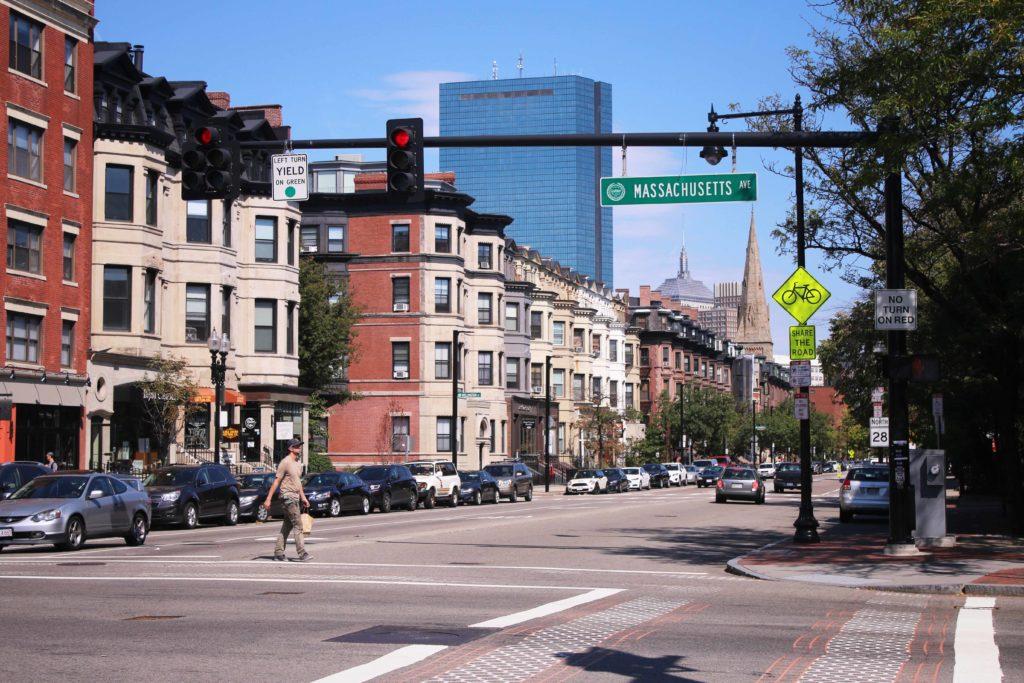By Alex Eng, news correspondent
Boston Mayor Martin J. Walsh announced last week more than 10,000 housing units have been built since 2015 as part of an initiative to support Boston’s growth.
Housing a Changing City: Boston 2030, the initiative, aims to create more than 50,000 housing units by 2030 according to the city’s website.
“In today’s strong housing market, that means we have to create housing at all levels — from luxury units to housing for seniors and formerly homeless people,” Walsh said in a statement on Sept. 12. “I am so pleased that we have reached this milestone, and we are not going to rest until we have reached our goals.”
To accommodate the rising population of approximately 650,000 the city has completed 10,486 new housing units, is constructing 7,242 units and is in the process of reviewing/planning 17,285 units. Twenty percent of the new stock is set aside as affordable housing for families of three earning less than $53,000 a year. An additional eight percent are affordable to families making between $60,000 and $125,000 annually.
Boston 2030 seeks to address gentrification; a longitudinal Community Economic Development Assistance Corporation (CEDAC) study conducted from 2000-2012 found that households with lower incomes are being replaced with households of higher incomes in neighborhoods such as South End, Jamaica Plain and Back Bay.
In Back Bay, for example, lower-income households have lost 33 percent of their respective housing stock while higher-income households have gained 27 percent, according to the study.
Amid a changing real estate market, Walsh’s administration seeks to ensure that all residents in Boston who need housing can choose from affordable options. The hope is that more options will drive the market forward, benefiting the consumer in the end.
“Issues [that] most students face, [include] finding quality housing within their budget” said Rebecca Regan, director of NU’s Off-Campus Student Services, in an e-mail to The News.
Last year, the office had received approximately 2,800 requests for assistance from undergraduates, 47 percent of whom live off-campus.
With the average monthly rent in Fenway, reaching $2,300 as of 2013, according to the CEDAC, some students’ experiences finding affordable off-campus housing have often been stressful.
“More affordable housing was farther away from campus, and while those places are bigger and cheaper, they’re also farther and in not as great of an area,” said Maria Schwartz, a third-year political science and economics major who lives off-campus in Fenway. “There are compromises that need to be made when looking for off-campus housing. On top of that, a lot of management companies don’t have great reputations, and that can limit your options as well.”
Despite current adversities, most students manage to find a place to stay one way or another. Topaz Craig, a second-year nursing major, found the search for off-campus housing to be rather manageable.
“My experience finding housing was literally that a friend knew a friend who was renting out an apartment,” said Craig, a resident of Roxbury Crossing. “You don’t really have much of a choice.”
Photo by Justine Newman.








![A demonstrator hoists a sign above their head that reads, "We [heart] our international students." Among the posters were some listing international scientists, while other protesters held American flags.](https://huntnewsnu.com/wp-content/uploads/2025/06/image12-1200x800.jpg)
